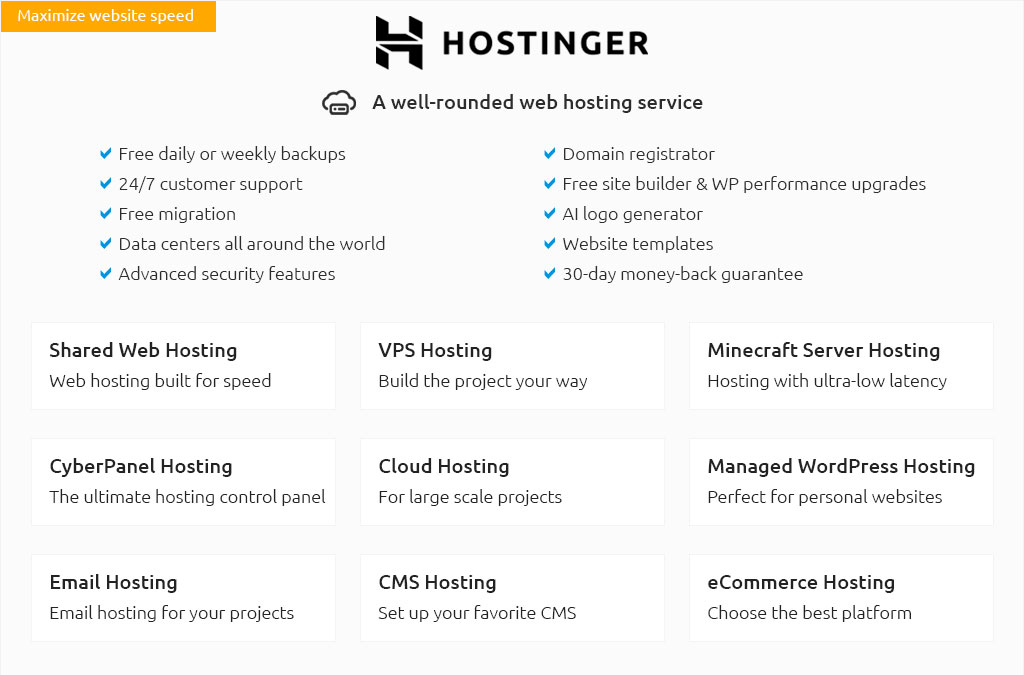 |
|||
 |
 |
 |
|
 |
|
 |
 |
 |
|||
 |
|||
 |
|||
 |
|||
 |
 |
hosting comparison tips for clear, practical choicesWhat a hosting comparison should coverAn effective hosting comparison looks beyond flashy charts to how a provider behaves under load. Start with the essentials: measured speed, uptime backed by an SLA, resource isolation, and an admin experience that won’t slow you down. Check whether you get a familiar panel, automated backups, and transparent upgrade paths. How to evaluate plansMatch each plan to a realistic baseline: expected traffic, peak bursts, and growth. Consider built-in caching, a CDN option, staging, and restore speed. For databases, note connection limits and storage IOPS. Document what’s managed by the host versus what you must secure, and where support boundaries begin and end.
Weigh shared for cost, VPS for control, managed WordPress for convenience, and cloud for elastic workloads and automation. A simple selection process
Favor clear docs, trial periods, and migration help; watch renewal pricing, exit fees, and data portability before you commit. https://community.spiceworks.com/t/website-email-hosting-comparison-advice/1078469
Gmail worked fine. That's more and more of an issue these days with DMARC and forwarding. You can however host mailboxes with them for your ... https://www.namecheap.com/support/knowledgebase/article.aspx/10112/22/shared-hosting-plans-comparison/
We're offering three new Shared Hosting Plans (Stellar, Stellar Plus, and Stellar Business) that have replaced our previous set (Value, Professional/Ultimate/ ... https://www.reddit.com/r/Wordpress/comments/1h0s4gs/comparison_of_shared_wordpress_hosting_plans/
Looking up most of the popular shared WordPress hosts and listing out their prices and features. Figured I'd share it here in case its helpful for people.
|